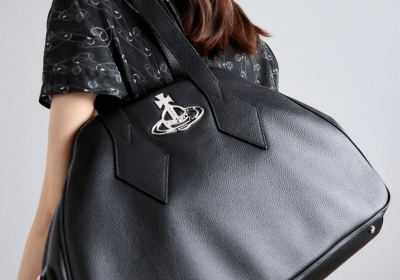
How Does a Clothing Store Simulator Help You with Efficiency?
A clothing store simulator helps improve efficiency in several ways:
- Time Savings: Designing and testing store layouts, decor, and displays virtually saves time compared to traditional trial-and-error methods.
- Quick Iterations: Easily experiment with multiple design options and layouts without the need for physical changes, allowing for quick iterations and refinements.
- Cost Savings: Avoid costly mistakes by testing different design concepts virtually, reducing the need for expensive physical prototypes or renovations.
- Remote Collaboration: Collaborate with team members, designers, and stakeholders remotely, saving time and travel expenses associated with in-person meetings.
- Real-Time Feedback: Gather real-time feedback from customers, colleagues, and stakeholders to make informed design decisions quickly.
- Data Analytics: Use data analytics tools to track customer interactions with different design concepts, gaining valuable insights into customer behavior and preferences.
- Streamlined Processes: Simplify the design process by using intuitive drag-and-drop tools and customizable templates to create store layouts and displays efficiently.
- Multi-Location Consistency: Ensure consistency across multiple store locations by easily replicating successful store designs and layouts.
- Scalability: Scale your store design to fit spaces of different sizes and configurations quickly and efficiently.
- Adaptability: Quickly adapt your store design to reflect changes in your brand image, product offerings, or customer preferences over time.
By improving efficiency throughout the store design process, a clothing store simulator helps you save time, reduce costs, and make informed design decisions that ultimately lead to a more successful and profitable retail environment.
How Does a Clothing Store Simulator Make Collaboration Easier?
A clothing store simulator makes collaboration easier by providing the following features:
- Real-Time Collaboration: Allows multiple users to work on the store design simultaneously, regardless of their location, facilitating real-time collaboration between team members, designers, and stakeholders.
- Remote Access: Provides cloud-based access to the simulator, allowing team members to collaborate on store designs from anywhere with an internet connection.
- Shared Workspaces: Offers shared workspaces where team members can view and edit store designs together, making it easy to collaborate on design concepts and ideas.
- Commenting and Annotation Tools: Provides commenting and annotation tools that allow team members to provide feedback and suggestions directly on the store design, facilitating communication and collaboration.
- Version Control: Tracks changes made to the store design and allows users to revert to previous versions if needed, ensuring that everyone is working with the latest design iteration.
- Role-Based Access: Allows you to control access to the simulator and store designs based on user roles, ensuring that only authorized users can make changes to the design.
- File Sharing: Allows users to share files, images, and documents related to the store design within the simulator, making it easy to collaborate on design concepts and ideas.
- Real-Time Feedback: Provides real-time feedback from customers, colleagues, and stakeholders, allowing team members to gather input and make informed design decisions together.
- Task Management: Integrates with task management tools, allowing team members to assign tasks, set deadlines, and track progress on store design projects.
- Training and Support: Offers training and support resources to help team members learn how to use the simulator effectively and collaborate more efficiently.
By providing tools and features that facilitate real-time collaboration and communication, a clothing store simulator helps team members work together more effectively to create a store design that meets the needs and expectations of your target audience.


















